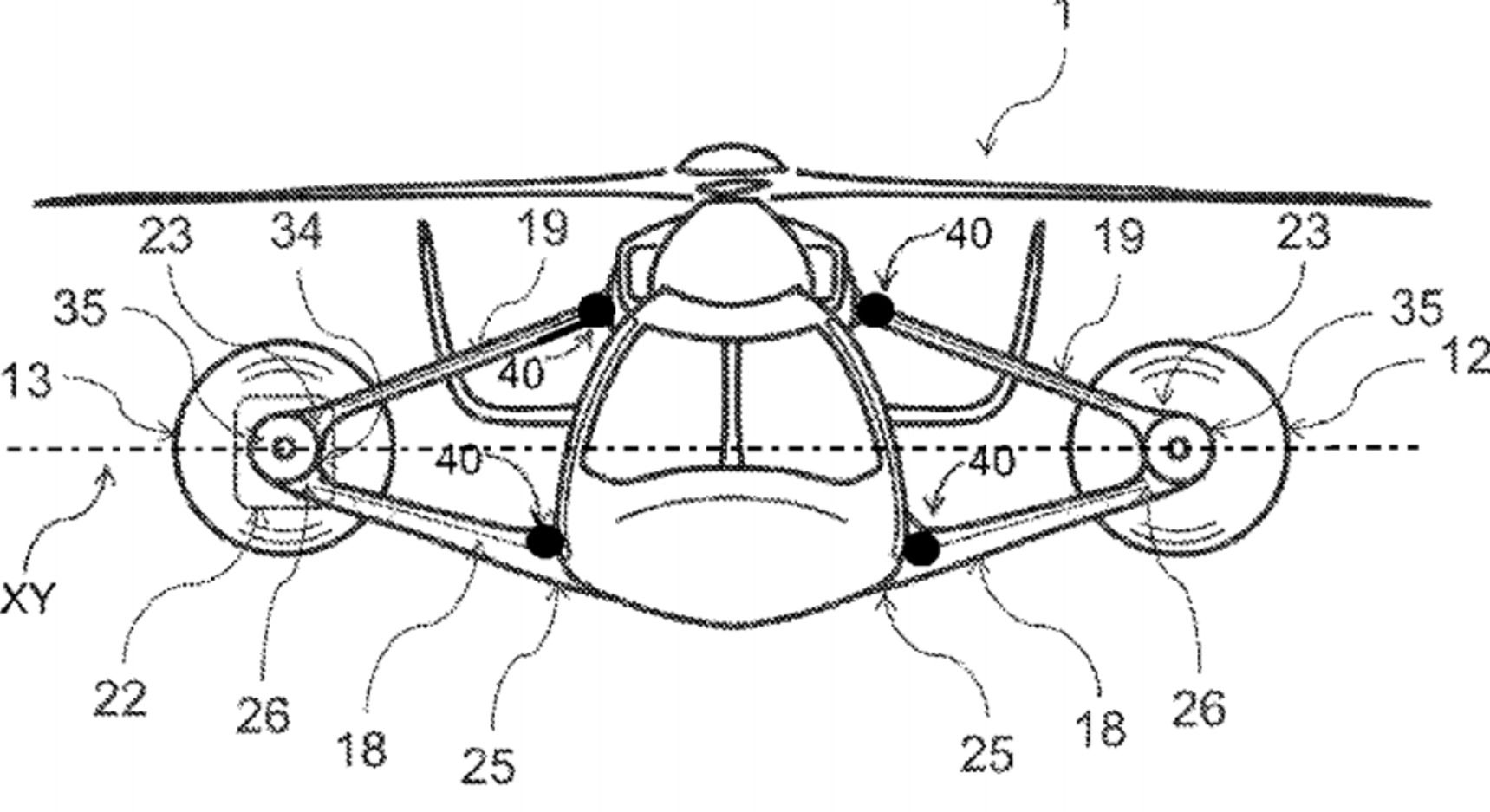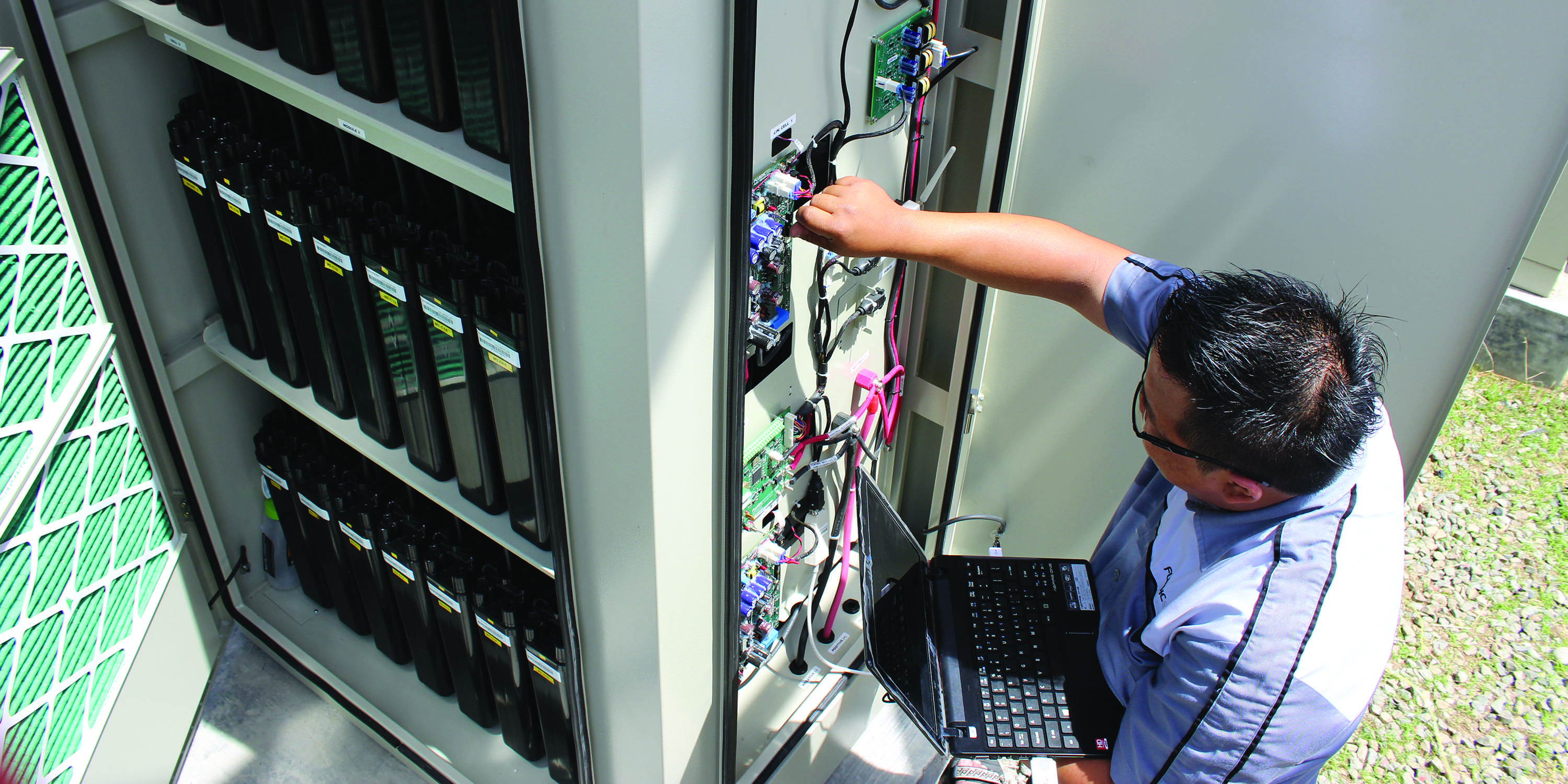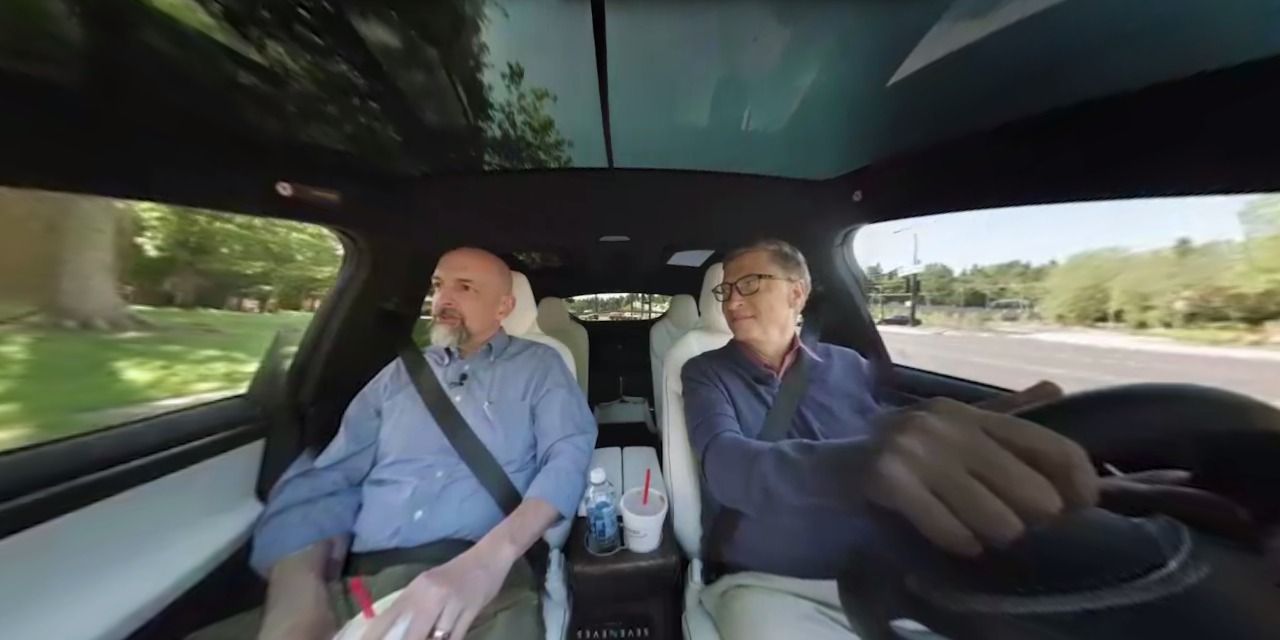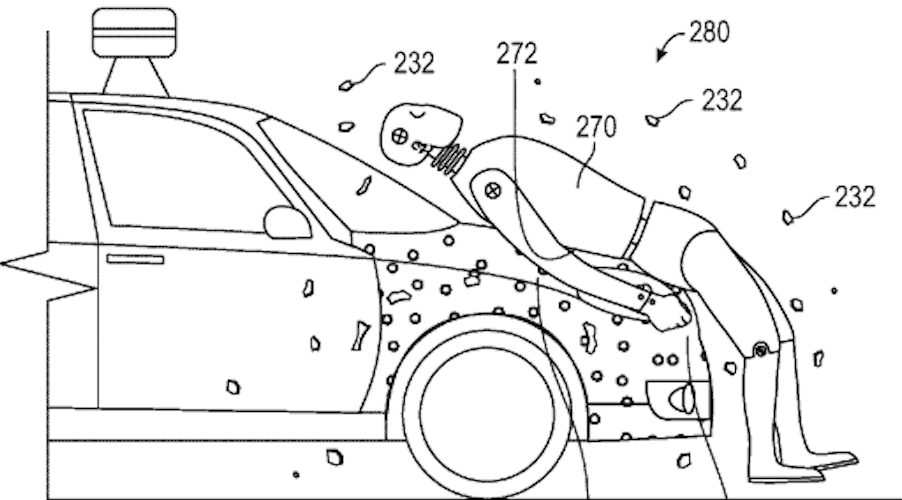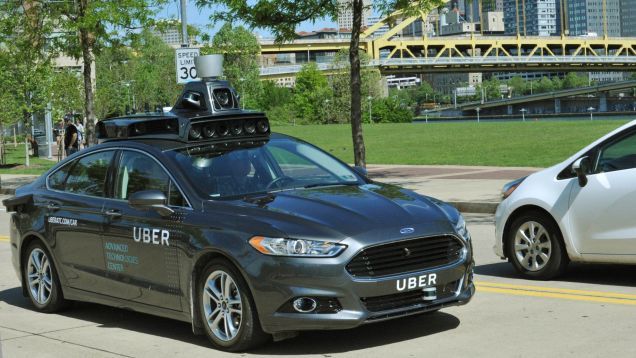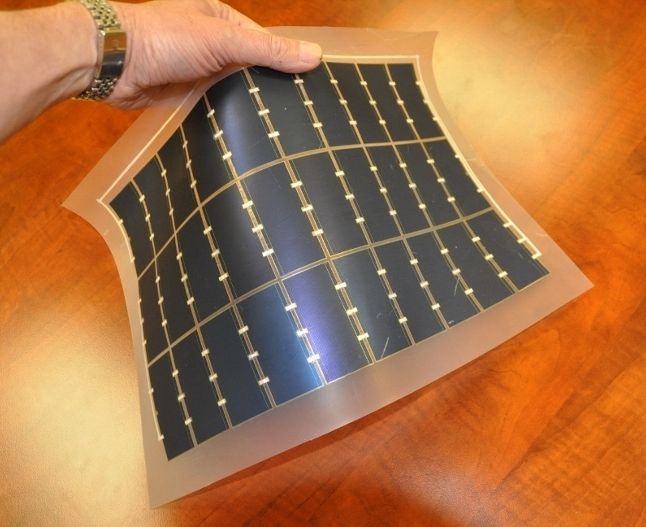Any electric car maker worth its salt knows that their vehicles are only as good as the charging stations that keep them running… and that includes Apple, apparently. Reuters sources understand that Apple is asking charging station manufacturers about their technology for the sake of its oft-rumored electric car project. It’s not certain how deep the talks go or who’s involved (the companies certainly aren’t talking). However, NRG Energy issued a vague response noting that it’s talking to “every potential manufacturer of tomorrow.” We wouldn’t rule it out, then.
There’s more evidence than that. An unnamed worldwide engineering company has already offered to help Apple build charging stations, Reuters says. Meanwhile, Apple has publicly hired EV charging experts from BMW, Georgia Tech and Google.
If true, the approach is a logical fit for Apple. Part of Tesla’s success in EVs comes from its willingness to build a network of high-speed charging stations — you’re more likely to buy a Model S if you know that you can drive it long distances without spending hours waiting for a recharge. Apple may need that same kind of reassurance. And let’s not forget that Apple’s strategy revolves around controlling as much of the experience as possible. It only makes sense that the company would want optimized charging stations instead of leaving drivers to use generic stations that might not work as effectively.

